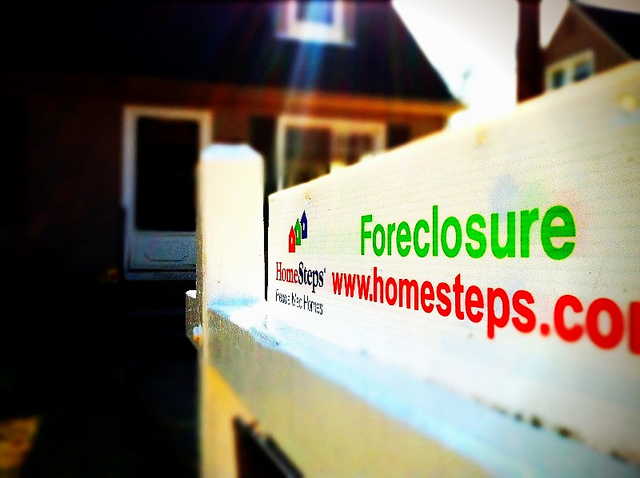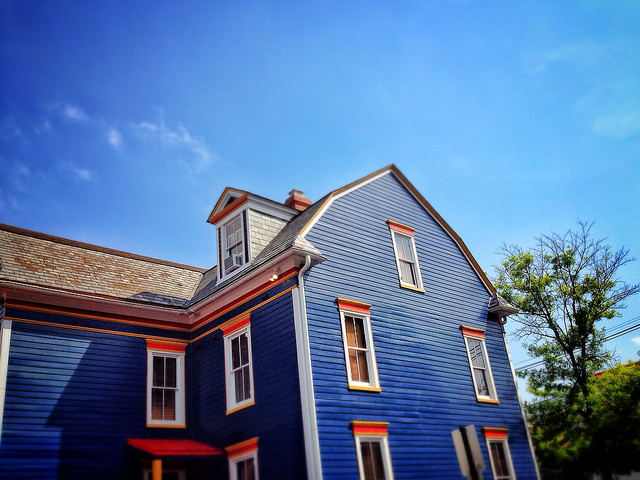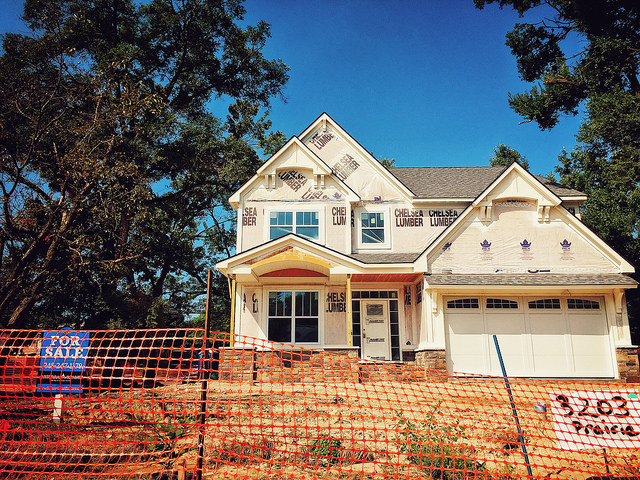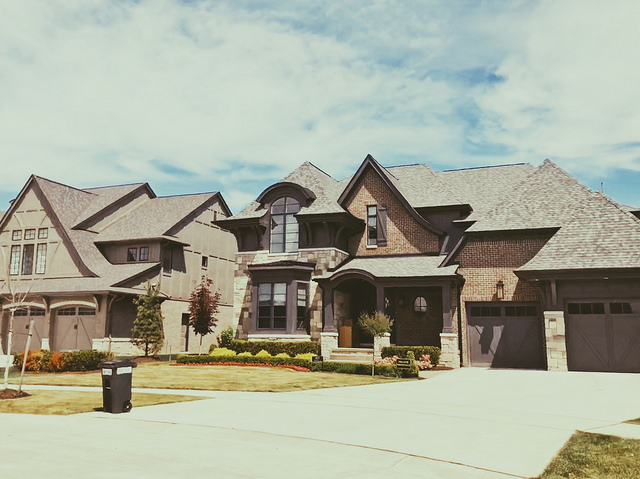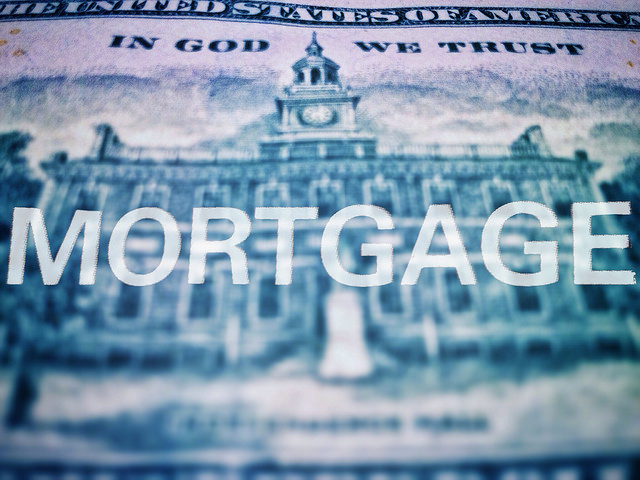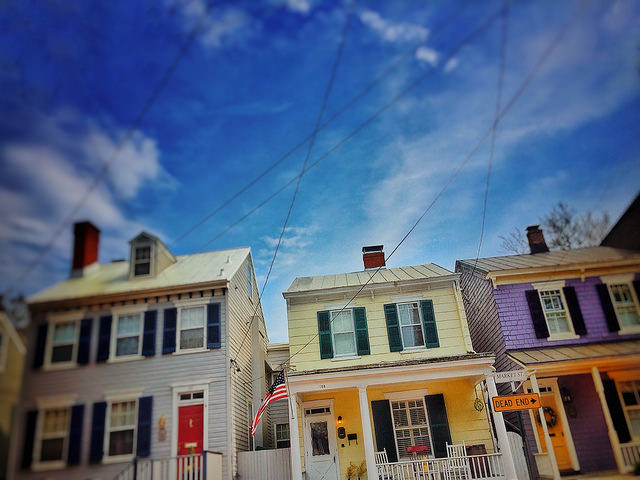According to the Mortgage Bankers Association’s Weekly Applications Survey, average mortgage rates fell last week for 30-year fixed-rate mortgages with both conforming and jumbo balances, as well as for loans backed by the Federal Housing Administration. Joel Kan, MBA’s associate vice president of economic and industry forecasting, told CNBC the drop was driven by global economic events. “Strong inflation was overshadowed by ongoing trade tensions between the U.S. and China, along with concerns over Turkey’s currency situation. This helped push Treasury rates down by 3 basis points last week,†Kan said. But falling mortgage rates failed to bring more home buyers to the table. In fact, mortgage application demand for loans to buy homes was down last week. In short, Americans are interested in homeownership but may be hesitant to enter the market right now due to challenging conditions. Still, purchase application demand was just 3 percent below where it was last year at this time, when mortgage rates and prices were lower. The MBA’s weekly survey has been conducted since 1990 and covers 75 percent of all retail residential mortgage applications. More here.




 s
s